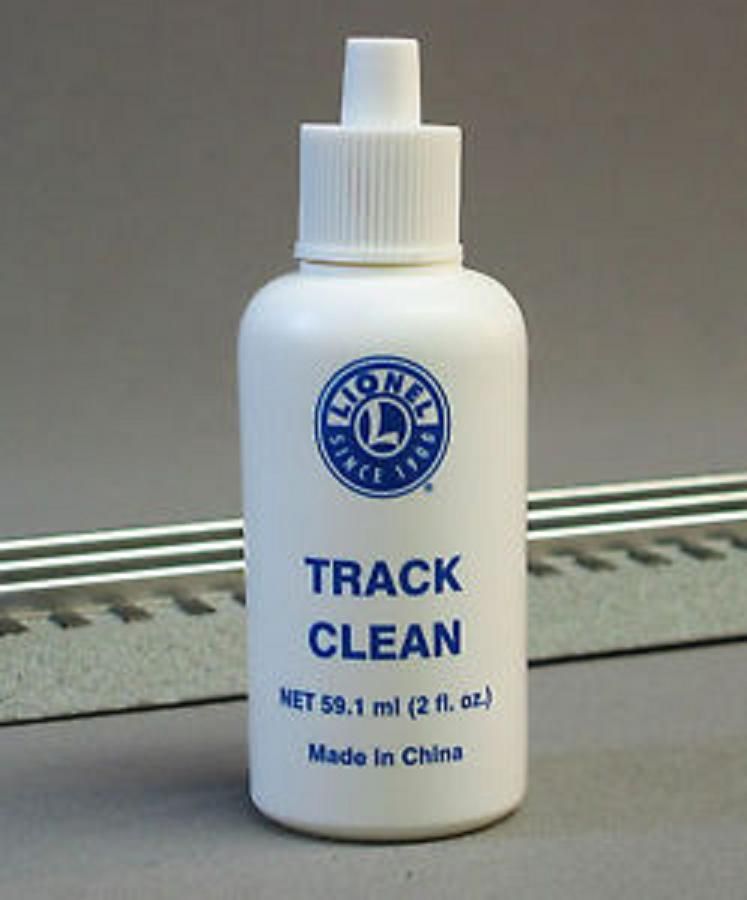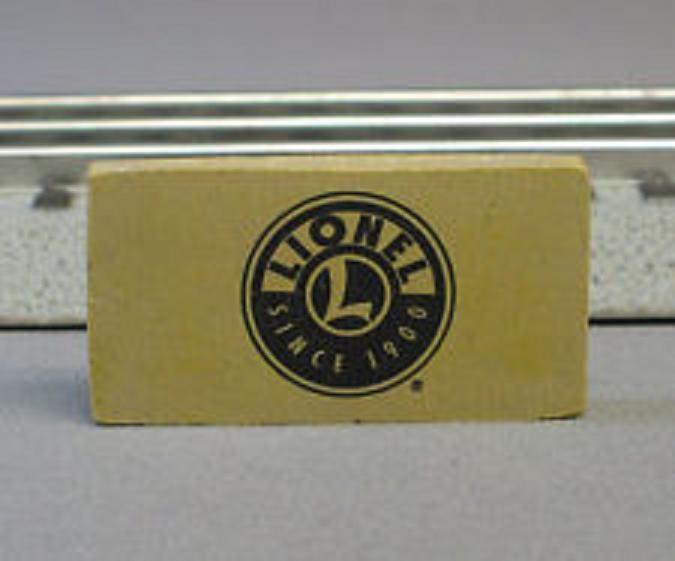Andy, what I can tell you is from our experience of reconditioning thousands of pieces of track, we have not discovered any one single answer. Chemicals are funny things I guess, they react with some compounds and are totally ignored by others. If I had to choose one chemical right now? It would be dawn dish soap. Abrasive medias are very delicate. Too much and you have no plating left, too little and they do nothing. Wheels are great, but only if they are brass at very low rpms, and then how do you clean them. I have heard of examples of get it down to bare metal, then you have a great conductor. Absolutely true, just hope you don't mind dealing with flash rust (my new techy term thanks to one of you guys). Another was the heck with it, I run wires under the tracks and tie in at every other track.
We have visited and had extensive conversations with some of the finest metal finishers in the country, and still are looking. One guy we visited with a couple of sample pieces of track, said, no problem, put them in his blast cabinet, with 200 lbs of air pressure, 15 seconds later handed me the 2 tracks that were amazingly clean, onlyh problem, they had no plating left, no paint on the ties, and the exposed parts of the insulators were gone. The issue always comes down to the plating and tie paints. Too little, nothing is accomplished, too much...well you get the px.
The only thing we have discovered that I have confidence is that the process that works is often a 2 or in some cases 3 step deal. We are still looking for that "magic simple solution" The closest we have come is taking advantage of the Arizona sun and lack of humidity, which enables us to wash off residues, without fear of rust. Even then if the humidity is over 20%, sorry Charlie! Actually got that idea from one of you guys, don't remember when, who talked about putting his track in an oven. Someone else used a dishwasher and an old forced air furnace. I promised OGR that I would publish a magazine article as to "how we do it" one day. We will do that, if we can ever come to an agreement on a single solution that seems to work. A fun example. We have had discussions regarding the "Korean war era track" that was galvanized. How many folks out there scrubbed and scrubbed to try to get that track to look like normal tinplate? (myself included) Try doing that with a chain link fence.













